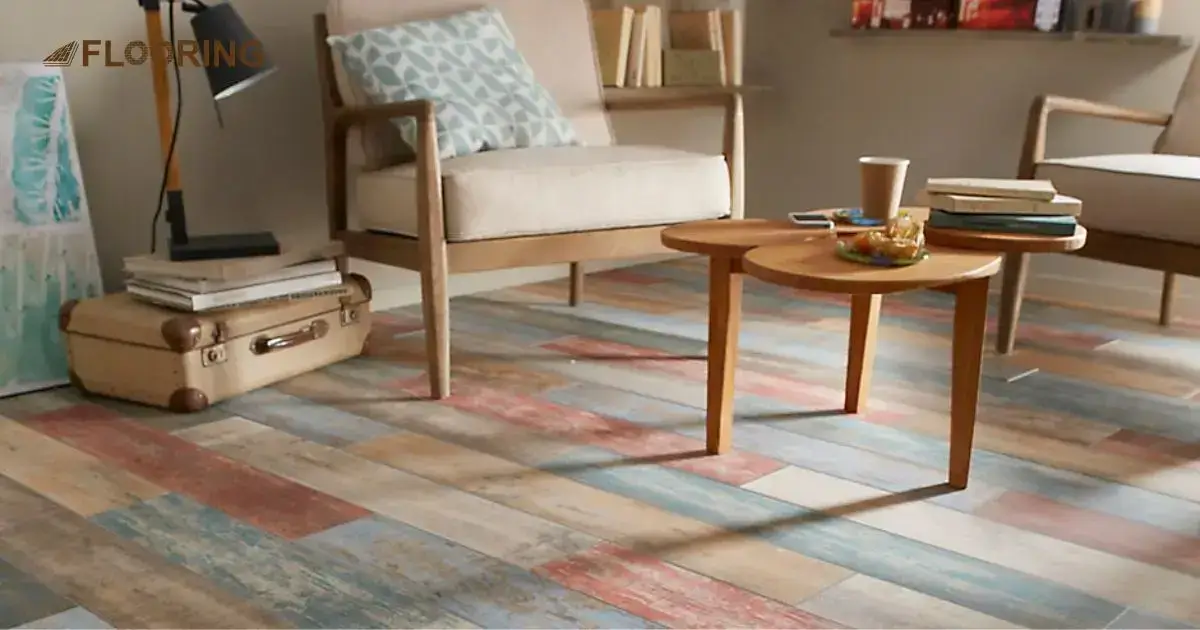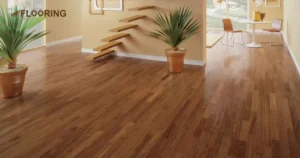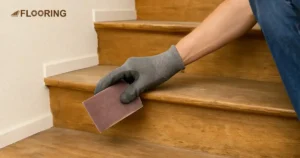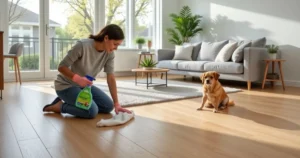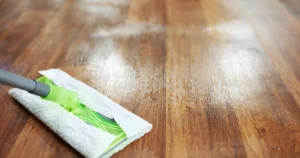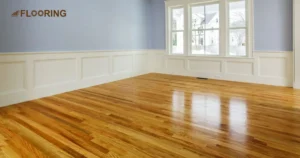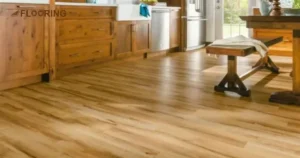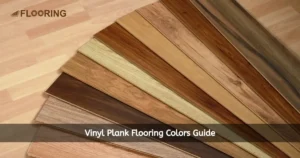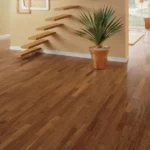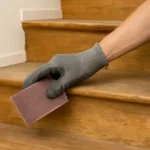A multi-color wood floor is a beautiful and unique flooring option that combines various wood tones and shades to create a visually striking and eye-catching design. Unlike traditional wood floors with a uniform color, multi-color wood floors offer a dynamic and vibrant look that can add depth, character, and warmth to any interior space.
Are you tired of the same old, monotonous look of your home’s flooring? If so, a multi color wood floor might be the perfect solution you’ve been searching for. This option can transform any room into a work of art, blending different wood tones that are visually striking and uplifting.
Why settle for a bland, lifeless floor when you can ignite your senses with the captivating beauty of wood floor colors? Let’s explore more in-depth about multi-color wood flooring.
📑 Table of Content
Key Takeaways
- A multi-color wood floor adds warmth, character, and visual interest to any living space.
- This unique hardwood flooring colors option stands out from traditional uniform wood floors.
- Various wood species offer distinct tones and grains for creating captivating designs.
- Popular choices include oak, maple, walnut, and exotic hardwoods like Brazilian cherry.
- On-site staining and factory-finished options allow for customization or convenience.
- Incorporate creative patterns, layouts, and color schemes for a personalized look.
- Multi-color wood floors complement various interior design styles.
- Proper installation and maintenance ensure longevity and lasting beauty.
- Weigh the advantages, such as increased home value, against potential drawbacks.
- Embrace the beauty of diversity and self-expression with a multi-color wood floor.
Benefits of Multi Color Wood Floors
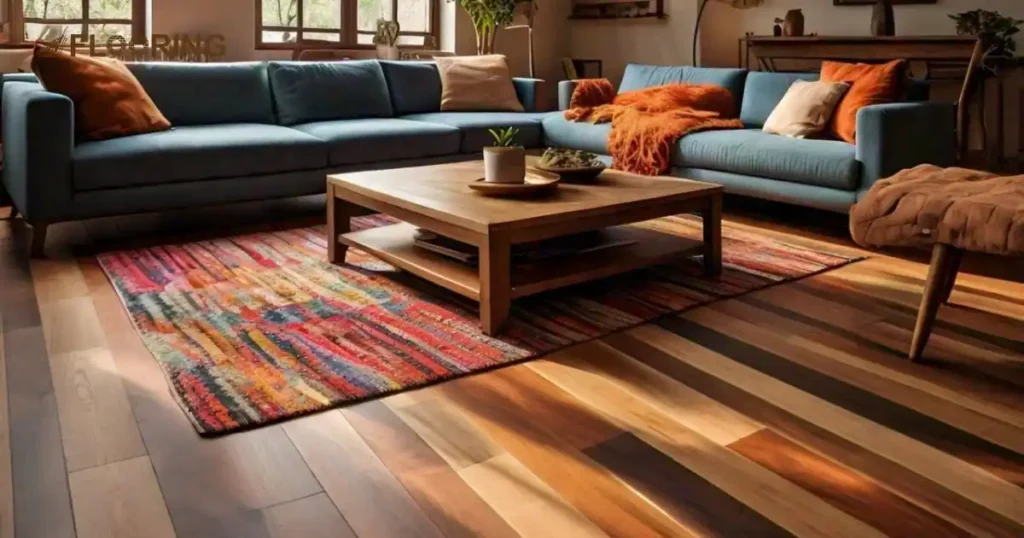
Multi-color wood floors offer a wide range of benefits. This range makes them an attractive choice for homeowners and interior designers alike. These floors have the power to transform any space into a true masterpiece.
Unique and Eye-Catching Appearance
- Creates a visually stunning and captivating focal point in any room.
- The blend of different wood tones and grains adds depth and character.
- Raises the overall pleasing looks of the space.
- Provides a sense of warmth and coziness.
- Draws the eye and sparks conversations among guests.
- Reflects your style and taste.
- Stands out from traditional, uniform wood floors.
Versatility in Design
- You can customize it to suit various interior design styles.
- It allows for creative patterns, layouts, and color combinations.
- Complements a wide range of color schemes and decor elements.
- Offers flexibility in mixing and matching different wood species.
- Can be installed in various room types, from living rooms to bedrooms.
- Brings a rustic and cozy feel to traditional or farmhouse-style homes.
Durability and Longevity
- Made from high-quality, solid hardwood or engineered wood.
- It resists dents, scratches, and everyday wear and tear.
- Properly finished and maintained, it can last for decades.
- Increases the resale value of your home.
- This flooring can be restored and refinished to its initial beauty.
Types of Multi Color Wood Flooring
When it comes to multi-color wood floors, you have several options to choose from, each with its unique qualities and benefits. Whether you prefer the classic appeal of solid hardwood floor colors or the stability and versatility of engineered wood, there’s a perfect fit for your home and personal preferences.
Engineered Wood Floors
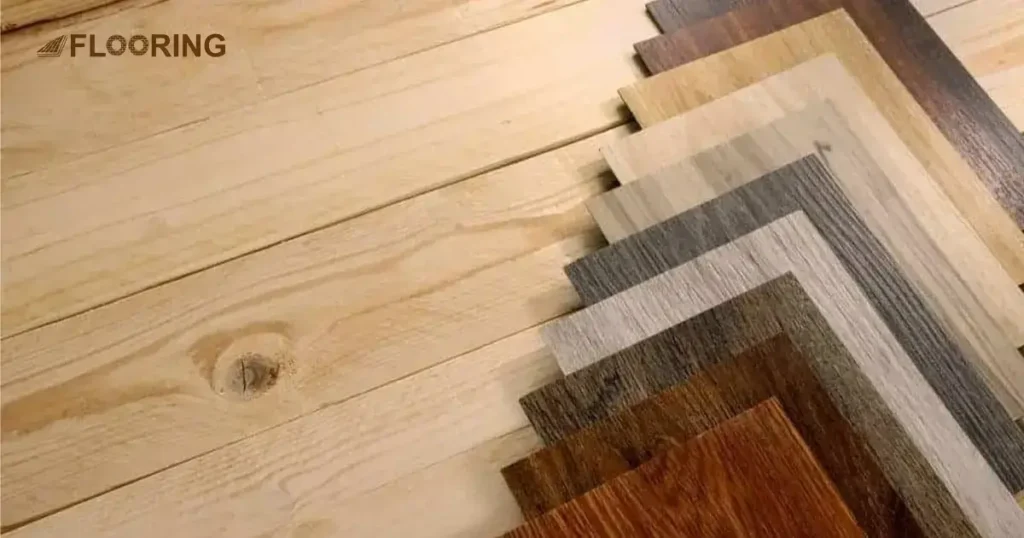
Construction: Engineered wood floors consist of a solid wood veneer layer on top of a core made from high-quality plywood or composite materials.
Stability: The multi-layered construction makes engineered wood floors dimensionally stable and resistant to warping or buckling due to humidity changes.
Installation Versatility: These floors can be installed over concrete subfloors, making them suitable for basements and ground-level rooms.
Easy Maintenance: Engineered wood floors require minimal upkeep and can be easily refinished if needed.
Cost-Effective: Compared to solid hardwood, engineered wood floors offer a more budget-friendly option without compromising quality.
Variety: Engineered wood floors are available in various multi-color designs, wood species, and plank sizes.
Parquet Floors
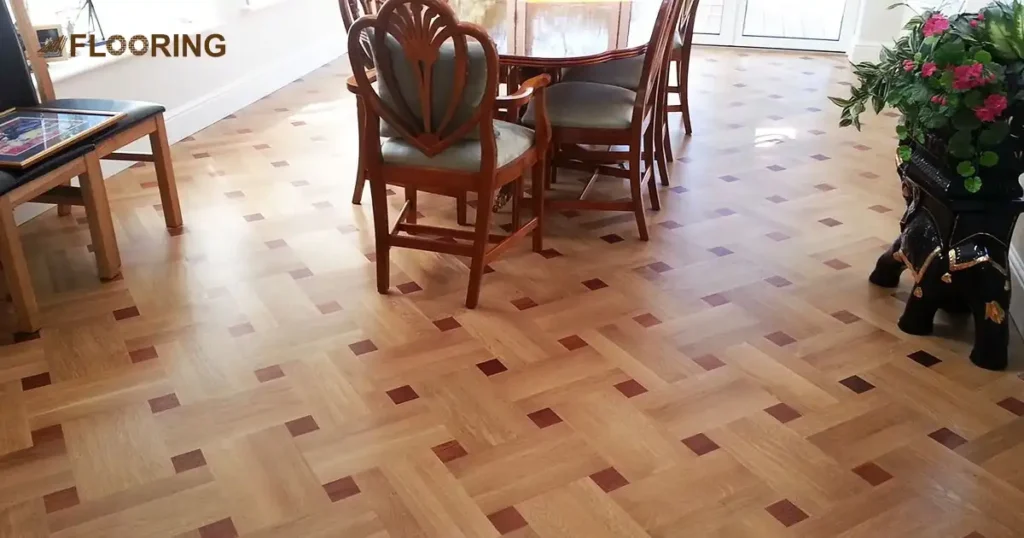
Timeless Elegance: Parquet floors feature a classic and sophisticated geometric pattern that adds a touch of elegance to any room.
Customizable Designs: You can create intricate and visually striking patterns by combining different wood tones and species.
Durability: Parquet floors are known for their exceptional durability and can withstand heavy foot traffic.
Seamless Appearance: The interlocking design of parquet tiles creates a seamless and uniform surface.
Versatility: Parquet floors can complement various interior design styles, from traditional to contemporary.
Refinishing Potential: These floors can be sanded and refinished multiple times, extending their lifespan.
Solid Hardwood Floors
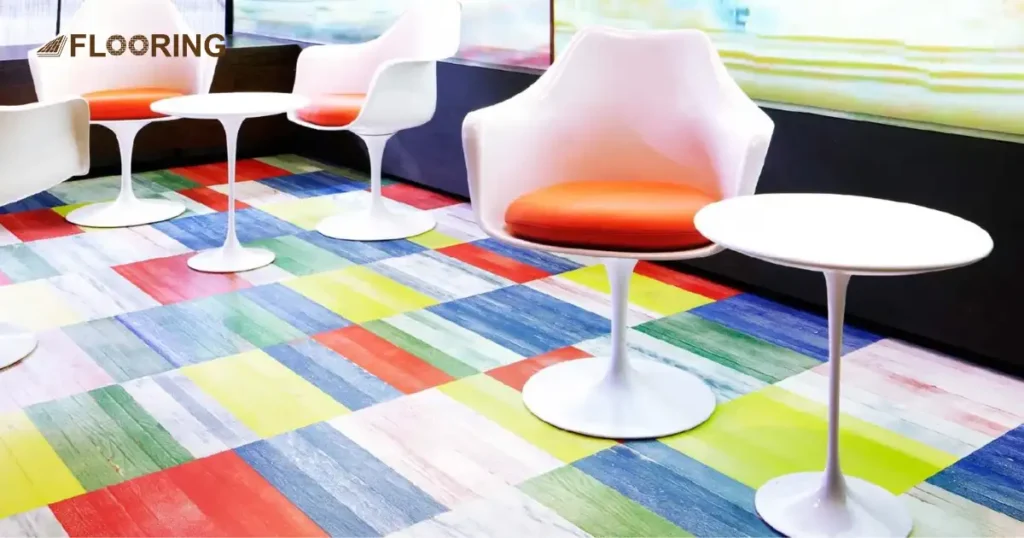
Natural Beauty: Solid hardwood floors are made from a single, solid piece of wood, showcasing the natural beauty of the wood grain.
Timeless Appeal: These floors have a classic and timeless appeal that never goes out of style.
Increased Home Value: Installing solid hardwood floors can significantly increase the resale value of your home.
Wide Range of Options: Solid hardwood floors are available in a vast array of wood species, colors, and plank widths.
Easy Refinishing: These floors can be sanded and refinished multiple times to restore their original beauty.
Sustainability: Solid hardwood floors are an eco-friendly choice, made from renewable and sustainable resources.
Laminate Floors
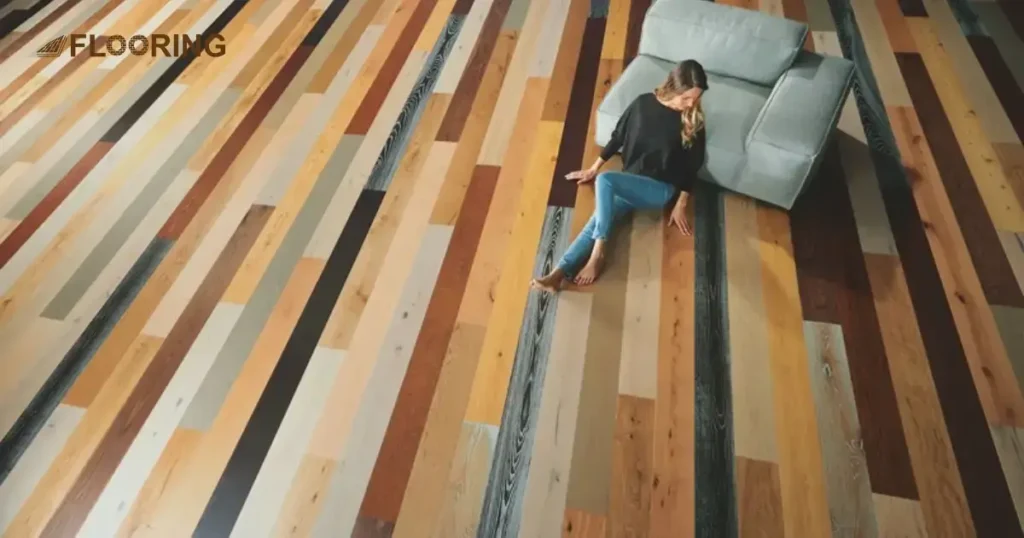
An Affordable Multi Color Wood Floor Option: Laminate floors mimic the natural beauty of hardwood floors. They come in stunning multi-color designs. You get a stylish look without breaking the bank.
Durable And Easy To Maintain: Laminate’s tough surface resists scratches, stains, and fading. A quick sweep or damp mop keeps it looking fresh. No special cleaning products are needed!
Easy Installation: Most laminate floors click and lock together. You can install them yourself over existing floors. No messy glues or nails are required.
Adds Visual Interest: With laminate, you get a wide array of colors and patterns. Mix warm and cool tones for depth. Create eye-catching designs that wow guests.
Perfect For Busy Households: Laminate’s durability makes it ideal for high-traffic areas. Kids and pets won’t leave lasting marks. Enjoy worry-free beauty for years.
Achieve Any Desired Look: From rustic wood grains to modern geometrics, laminate delivers. Find the perfect multi color style to complement your decor vision.
No matter which type of multi-color wood floor you choose, you can be assured of adding a unique and visually stunning element to your living spaces.
Popular Multi Color Wood Floor Patterns
When it comes to eye-catching multi color wood floor patterns, you have several stunning options. No matter which wood floor pattern you choose, it’s sure to be a focal point. These designs transform ordinary floors into artistic masterpieces you’ll love showing off.
Herringbone Pattern
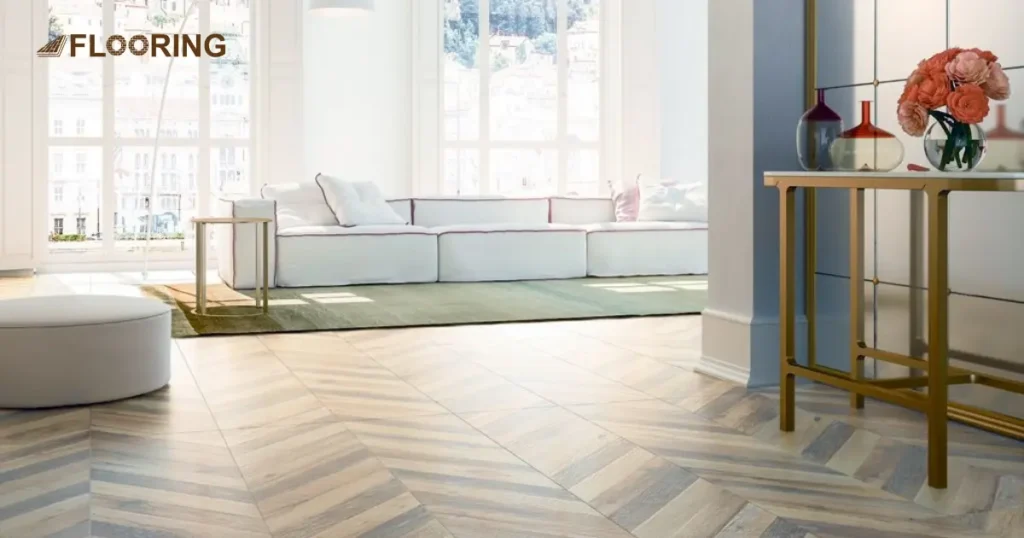
The herringbone pattern creates a stunning zig-zag design. With planks laid in a V-shape, this pattern is eye-catching. The contrasting wood tones add depth and movement. This classic style brings warmth to any space. The timeless herringbone instantly makes a room feel cozy and inviting. It’s the perfect pattern for living areas.
Chevron Pattern
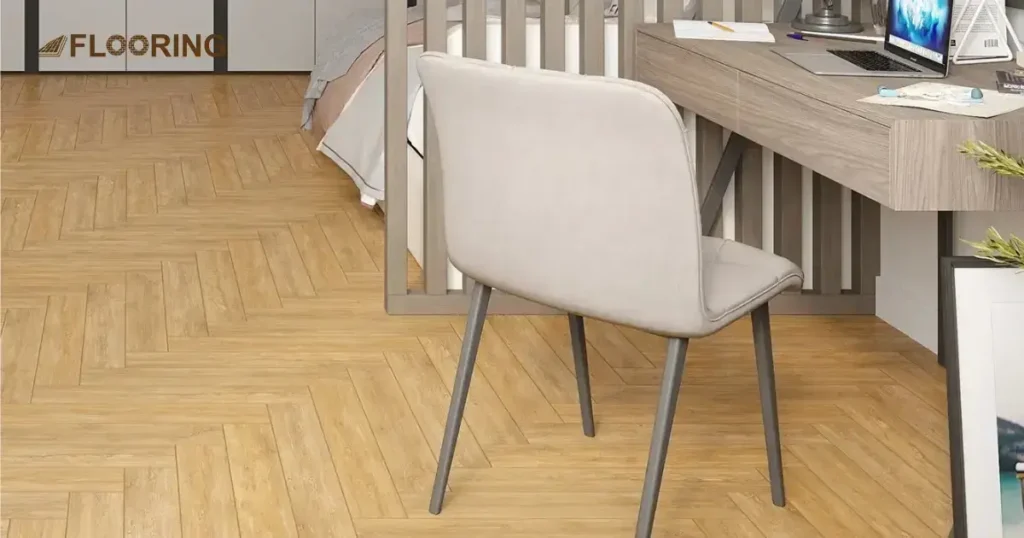
For a bold, modern look, choose the chevron pattern. Similar to herringbone but with planks meeting at a sharp point. This geometric style commands attention. Chevron floors are showstoppers. The dynamic pattern and multi-toned wood turn floors into artistic masterpieces. Prepare for envious stares from guests!
Striped Pattern
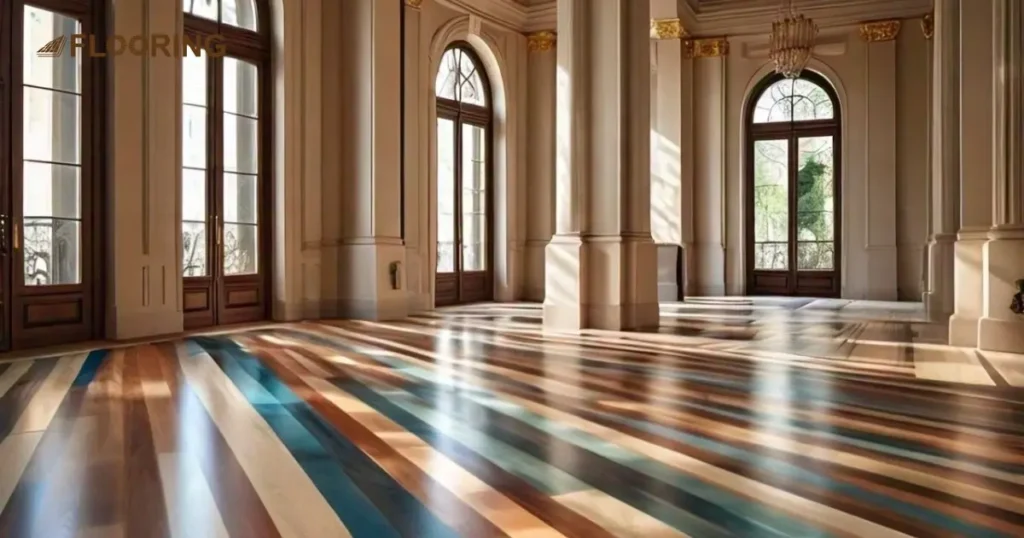
Striped floors offer an effortless style. By alternating different wood shades, you get clean lines. The simple stripe pattern looks chic yet understated. This versatile design complements any interior. From cozy cabins to urban lofts, striped floors feel right at home. Easy to blend with your existing decor.
Parquet Pattern
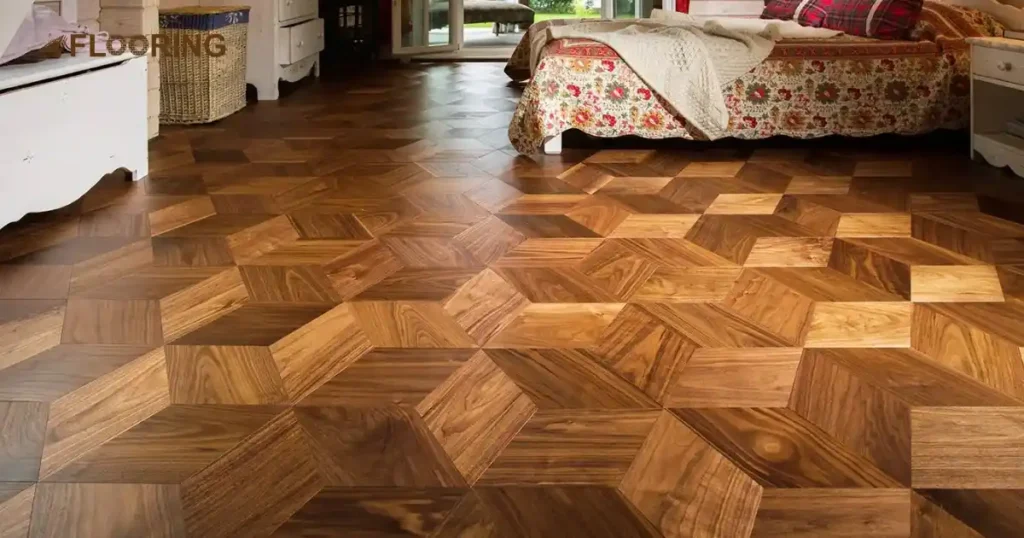
For an elegant, luxurious vibe, the parquet is perfection. This intricate geometric pattern features contrasting wood pieces. It creates a stunning mosaic effect underfoot. Parquet instantly elevates a room’s ambiance. With its timeless European flair, this multi-toned floor adds sophistication. An investment in premium style.
Popular Wood Species for Multicolor Wood Flooring
When it comes to creating stunning multi-color wood floors, the choice of wood species plays a crucial role in achieving the desired look and feel. From the classic and timeless oak to the rich and exotic hardwoods, each option brings its unique character and charm to your living spaces.
Oak
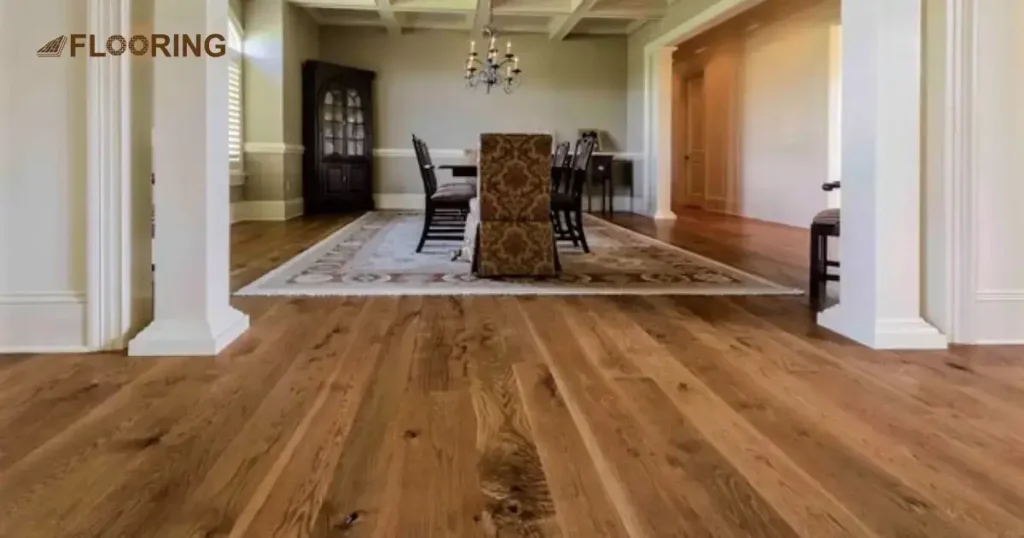
- Oak is a popular choice for multi-color wood floors due to its versatility and ability to complement various design styles.
- Oakwood features a beautiful range of warm tones, from light honey-hued planks to deep, reddish-brown shades.
- Oak is known for its exceptional durability and resistance to wear and tear, making it a practical choice for high-traffic areas.
- The distinct grain patterns and natural variations in oak lend a timeless and classic appeal to any space.
Maple
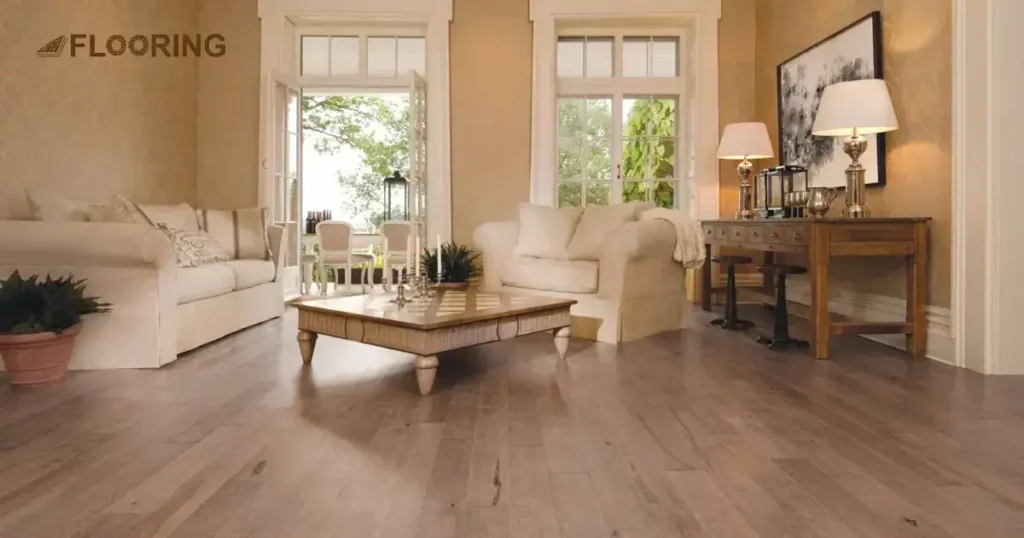
- This species offers a clean and contemporary look with its light, creamy hues.
- Maple provides a bright and airy feel, making rooms appear more spacious.
- It is highly resistant and durable to dents and scratches.
- Accepts stains beautifully, allowing for unique color combinations.
- Adds a touch of warmth and coziness to modern interiors.
- Easily maintainable and keep it clean with proper care of it.
- Affordable option compared to some exotic wood species.
- Complements various design styles, from traditional to minimalist.
Walnut
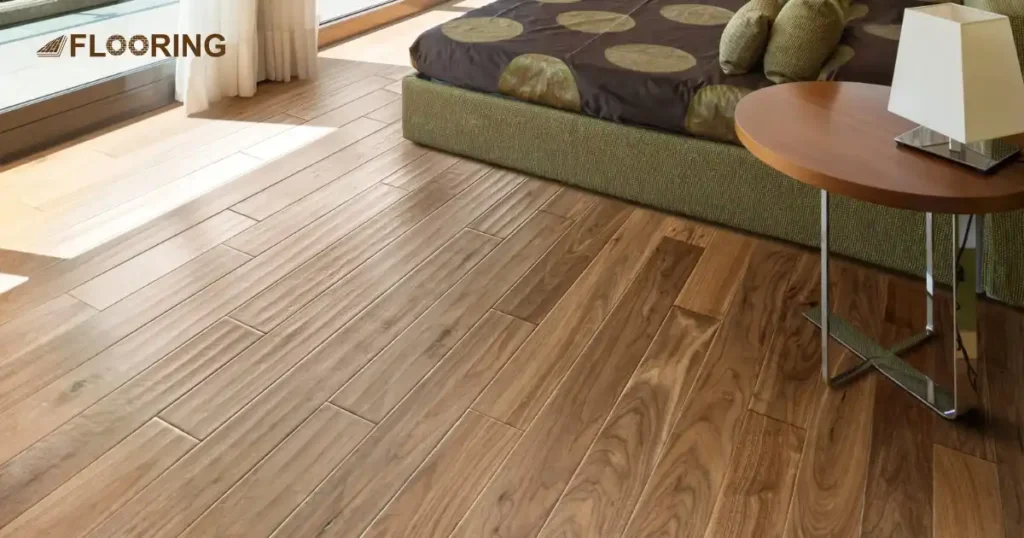
- Walnut is prized for its rich, chocolate-brown hues and luxurious appearance, adding a touch of sophistication to any space.
- The distinctive grain patterns and natural variations in walnuts create a visually captivating multi-color effect.
- Walnut is a dense and durable hardwood, making it suitable for high-traffic areas and active households.
- The warmth and depth of walnut tones lend a timeless elegance to multi-color wood floors, ensuring they never go out of style.
Exotic Woods
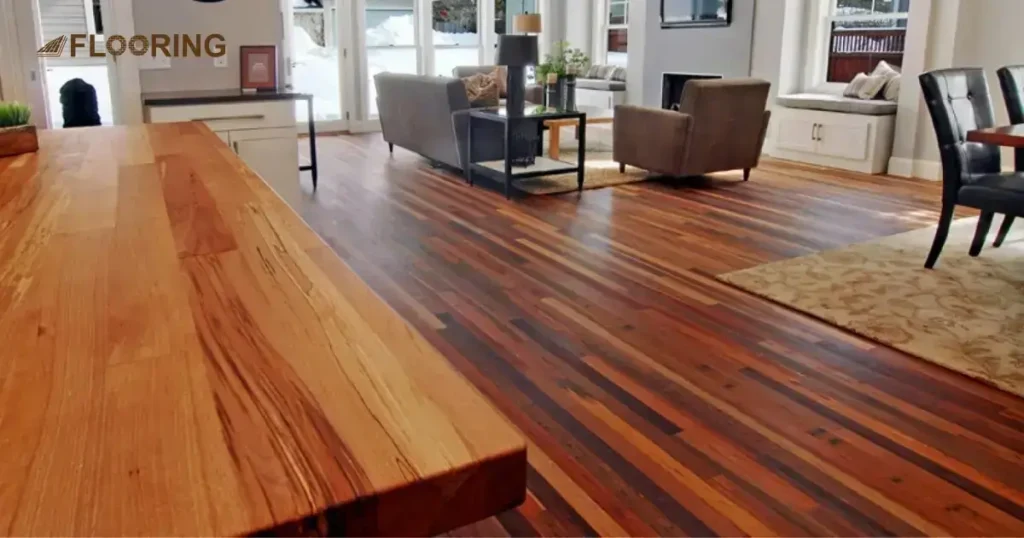
- Offers rich, reddish-brown hues with subtle grain patterns.
- Features a striking zebra-like striped pattern in warm browns and golds.
- Boasts a distinct purple hue that ages to a deep, reddish-brown tone.
- Showcases a unique blend of warm browns, reds, and occasional black streaks.
- Displays a range of colors from golden-brown to deep reddish-brown.
- Exhibits a vibrant reddish-orange color with dark brown streaks.
- Features a deep, reddish-brown color with occasional darker streaks.
- Offers a striking dark brown to blackish hue with intricate grain patterns.
Cherry
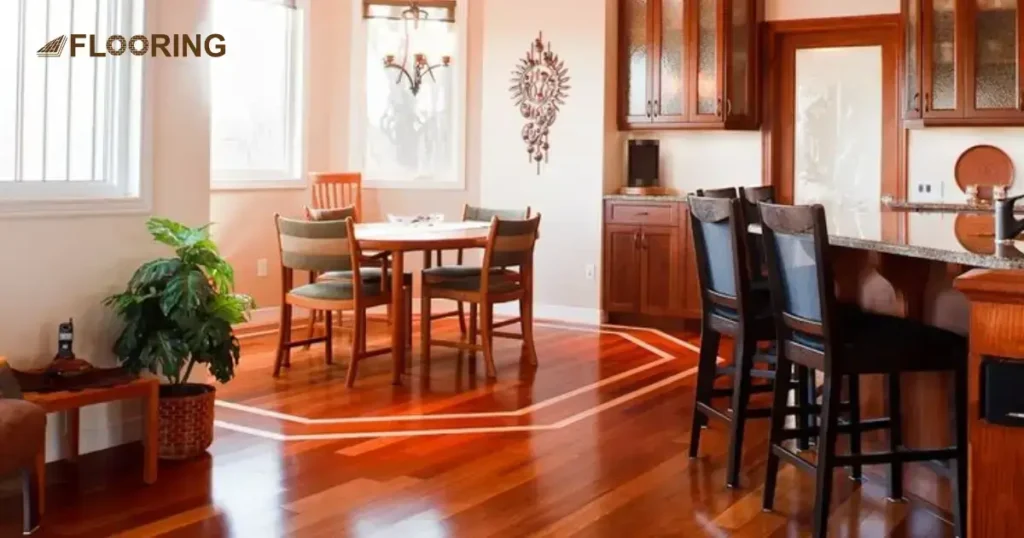
- Starts with a light reddish-pink hue and darkens over time.
- Creates warmth and elegance in a multi-color wood floor.
- Displays a fine, straight grain.
Hickory
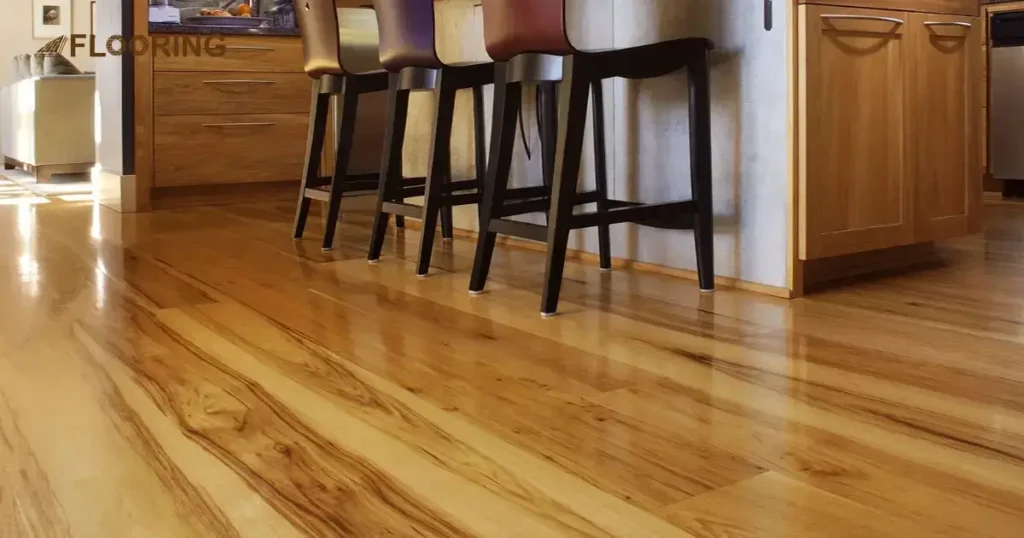
- Comes in a wide range of color variations, from light blonde to dark brown.
- Showcases a distinct, knotty grain pattern.
- Extremely durable and scratch-resistant.
Birch
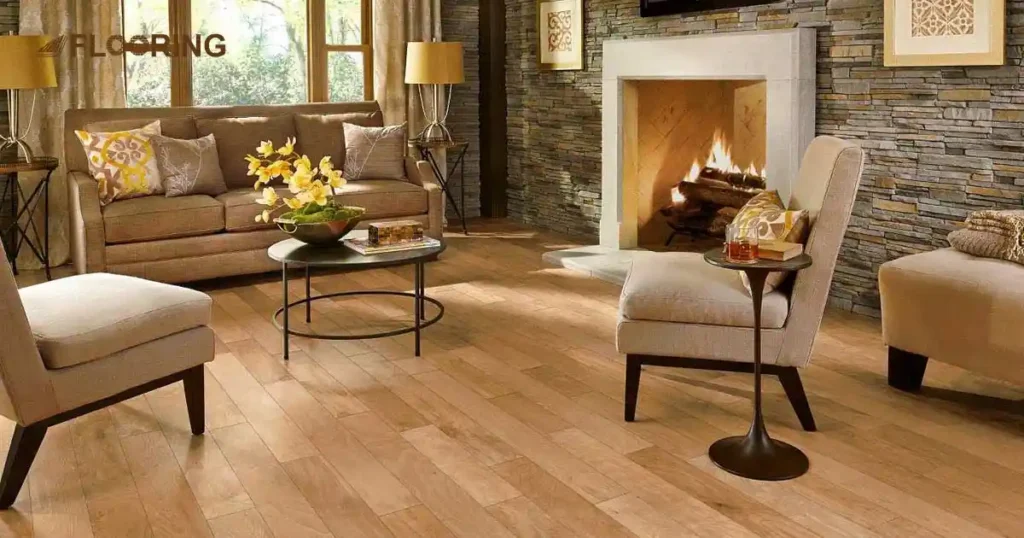
- Provides a light, creamy white color that brightens a space.
- Can be stained in various shades to complement other woods.
- Has a straight, uniform grain.
With such a diverse range of wood species to choose from, creating a truly unique and personalized multi-color wood floor is easier than ever before.
Difference Between Traditional Wood Flooring And Multi Color Wood Floor
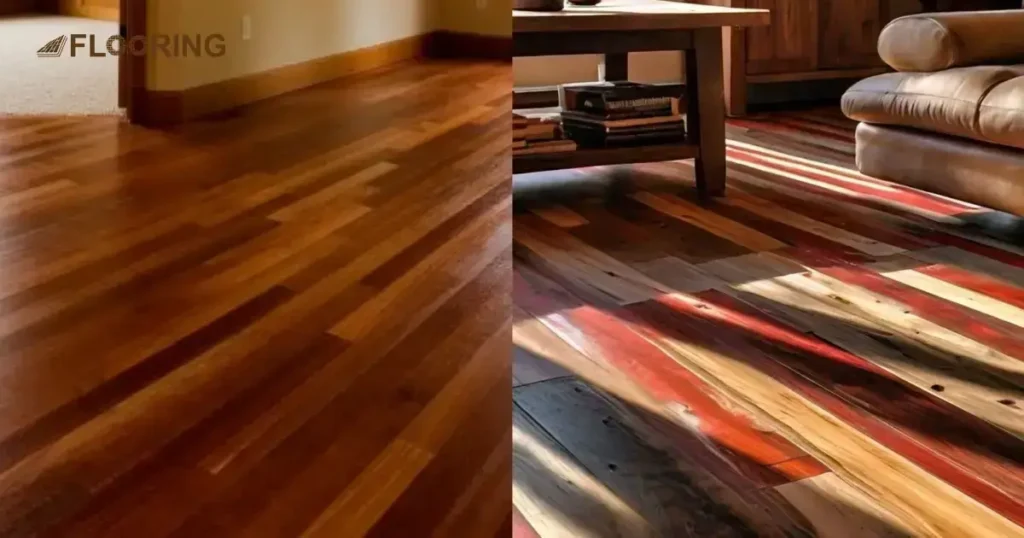
There are a lot of differences between traditional and multi-color wood flooring, some of which have been explained here:
Consistent Looks
Traditional wood floors are known for their uniform color and appearance. They often feature a single wood species and stain. They create a seamless and consistent look throughout the living space. While this can be beautiful in its own right, it lacks the depth and visual interest that a multi-color wood floor can offer.
Unique Colors for Hardwood Floors and Patterns
On the other side, multi-color wood floors embrace variety and diversity. These floors are crafted by combining different wood species. Every species with its unique tone and grain pattern. The result is a captivating tapestry of colors, from rich browns and warm reds to golden hues and even subtle grays.
Work of Art
This variation in color and texture adds a clear character to the space. That makes each multi-color wood floor a true work of art. Rather than blending into the background, these floors demand attention. They become the centerpiece of the house, drawing the eye and sparking conversation among guests.
Level of Flexibility
Multi color wood floors offer a level of flexibility that traditional floors simply cannot match. You can create custom designs, patterns, and layouts that complement your style. They increase the overall aesthetic of your home. Whether you prefer a bold, contemporary look or a more rustic vibe, a multi-color wood floor can be tailored to your unique vision.
How to Achieve Multi Colored Wood Flooring?
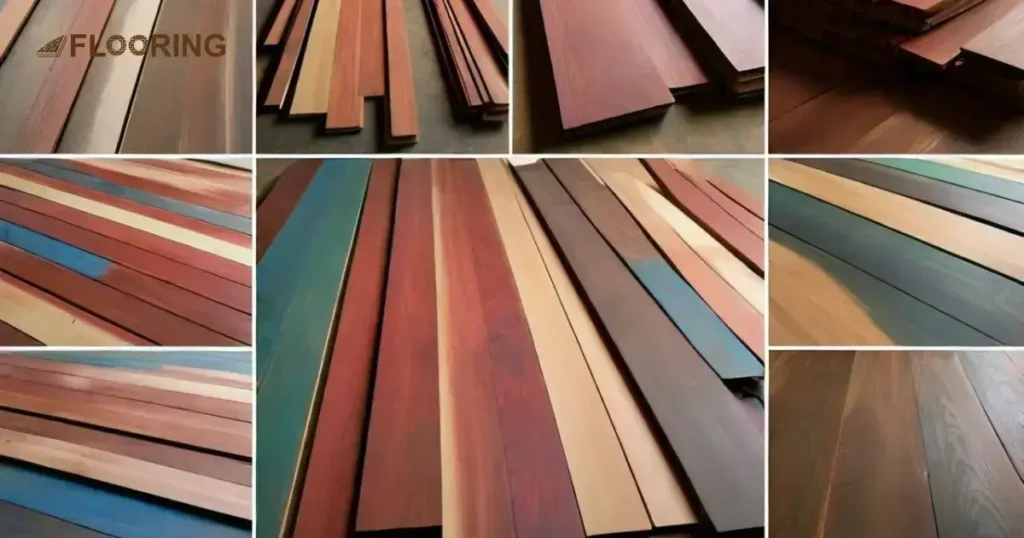
Creating a stunning multi-color wood floor is an art. It combines creativity, attention to detail, and expert craftsmanship. Whether you prefer the convenience of factory-finished options or the hands-on approach of staining and finishing on-site, there are various methods to bring your vision to life.
Staining and Finishing On-site
- Allows for complete customization and control over the color palette.
- Enables you to create unique, one-of-a-kind designs.
- Offers the flexibility to blend and mix different wood tones.
- Requires skilled professionals for exceptional results.
- Provides the opportunity to refinish and update the floor over time.
- Ensures a seamless and cohesive look throughout the space.
- Requires proper preparation, such as sanding and cleaning the surface.
- Involves multiple coats of stain and protective finishes for durability.
Factory-Finished Options
- Provides a consistent and uniform look across all planks.
- Offers a wide range of pre-designed multi-color patterns.
- Ensures a high-quality finish with precise color application.
- Reduces the time and labor required for on-site finishing.
- Allows for easy installation and immediate use after installation.
- Eliminates the need for sanding and staining on-site.
- Provides a durable, long-lasting finish with proper maintenance.
- Offers a more cost-effective solution compared to custom staining.
Design Ideas for Multi Colored Wood Floors
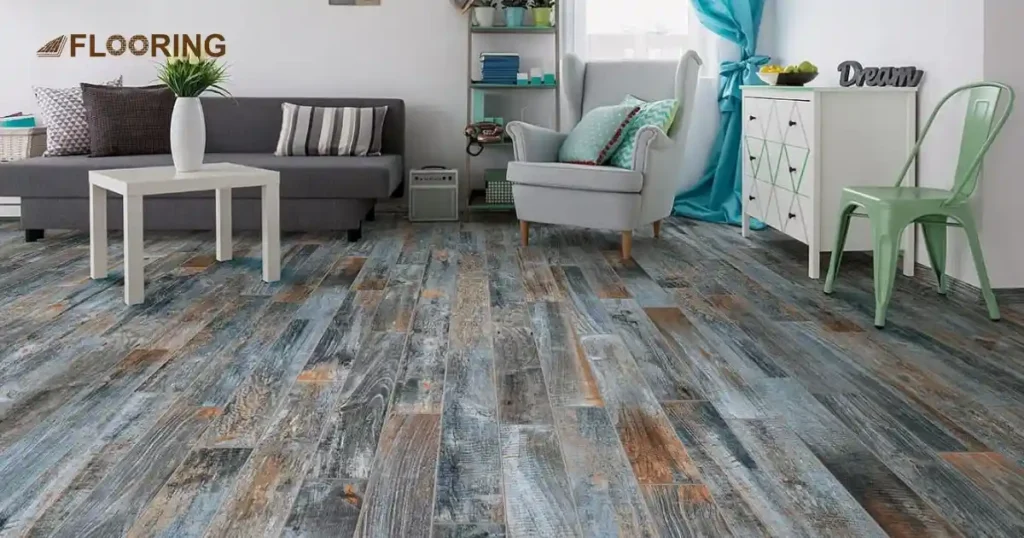
A multi-color wood floor is a canvas for creativity, allowing you to unleash your inner designer. You can bring your unique vision to life. From bold geometric patterns to subtle blends of complementary hues, the possibilities are endless. Here are some captivating design ideas to inspire your next project:
Patterns and Layouts
- A classic and timeless floor pattern wood with a visually striking appeal.
- A bold and dynamic pattern that creates movement and depth.
- Adds visual interest and a sense of flow to the space.
- Offers a sophisticated and intricate geometric design.
- A more organic and natural layout with varying plank lengths.
- A traditional and versatile layout suitable for various styles.
- A staggered pattern that creates a sense of rhythm and texture.
- An intricate and visually captivating design with interlocking planks.
Mixing Wood Species
- Combines the unique grain patterns and tones of different wood types.
- Creates a visually stunning and one-of-a-kind floor.
- Allows for endless possibilities and creative expressions.
- Adds depth, character, and warmth to the space.
- Offers a more organic and natural look compared to uniform floors.
- Enables you to incorporate various wood hues and shades.
- Requires careful planning and consideration for complementary colors.
- Provides a personalized and customized flooring solution.
Complementary Color Schemes
- Variations of a single color for a cohesive and harmonious look.
- Adjacent colors on the color wheel for a seamless blend.
- Contrasting colors that create a bold and striking statement.
- Three colors are evenly spaced on the color wheel for balanced vibrancy.
- A combination of warm and cool neutrals for a timeless appeal.
- Bold pops of color against a neutral backdrop for added depth.
- Muted, natural tones inspired by the great outdoors.
- A calming palette of blues, greens, and grays for a serene ambiance.
With these various options and design ideas, you can create a truly personalized and captivating multi-color wood floor that reflects your unique style and vision.
Installation Process for Multicolor Wood Floor
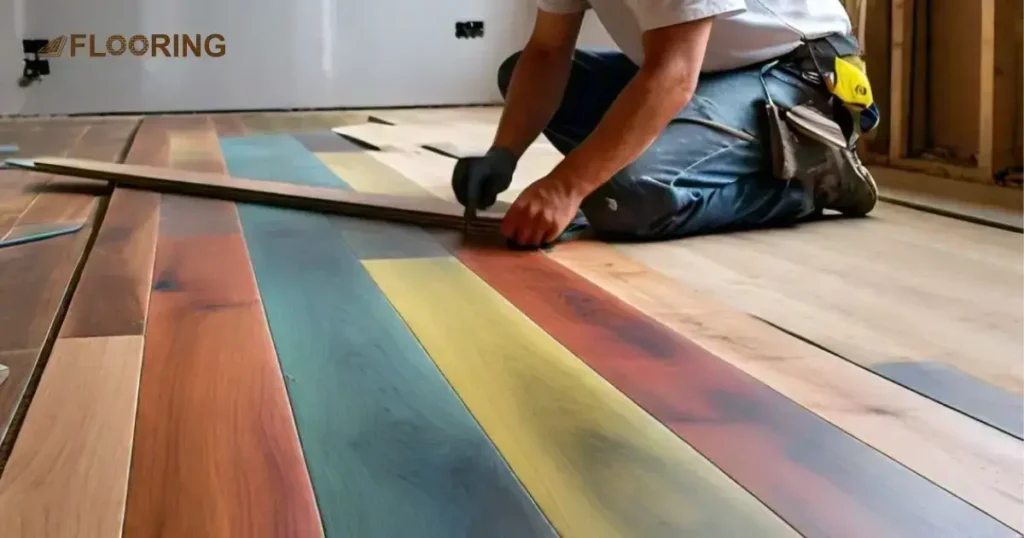
Installing a multicolor wood floor requires meticulous attention to detail and expert craftsmanship. From proper preparation to precise plank laying, every step is crucial in achieving a flawless and long-lasting result. Here are some steps:
Preparation and Subfloor Requirements
- Ensure the subfloor is clean, level, and free from debris or moisture.
- Check for any cracks or unevenness, and repair them before installation.
- Properly acclimate the wood planks to the room’s temperature and humidity levels.
- Install an appropriate moisture barrier or underlayment system as recommended.
- Determine the layout and design pattern before starting the installation.
- Measure the room accurately to minimize waste and ensure proper plank sizes.
- Gather all necessary tools, including a quality wood floor nailer or mallet.
- Consider hiring a professional installer for complex or intricate designs.
Laying and Securing the Planks
- Begin the installation from the straightest wall or following the room’s layout.
- Use spacers to maintain consistent expansion gaps along the perimeter walls.
- Follow the manufacturer’s instructions for proper staggering and plank spacing.
- Ensure that each plank is securely fastened or clicked into place.
- Use a tapping block and mallet to avoid damaging the tongue-and-groove system.
- Pay close attention to color patterns and plank orientation for a cohesive design.
- Cut planks as needed, ensuring precise measurements and clean cuts.
- Apply the recommended adhesive or fastening system for a secure installation.
By following these steps and seeking professional guidance when needed, you can create a stunning multi-color wood floor that not only enhances the aesthetic appeal of your home but also stands the test of time.
Maintenance and Care for Wood Floor Multi Color
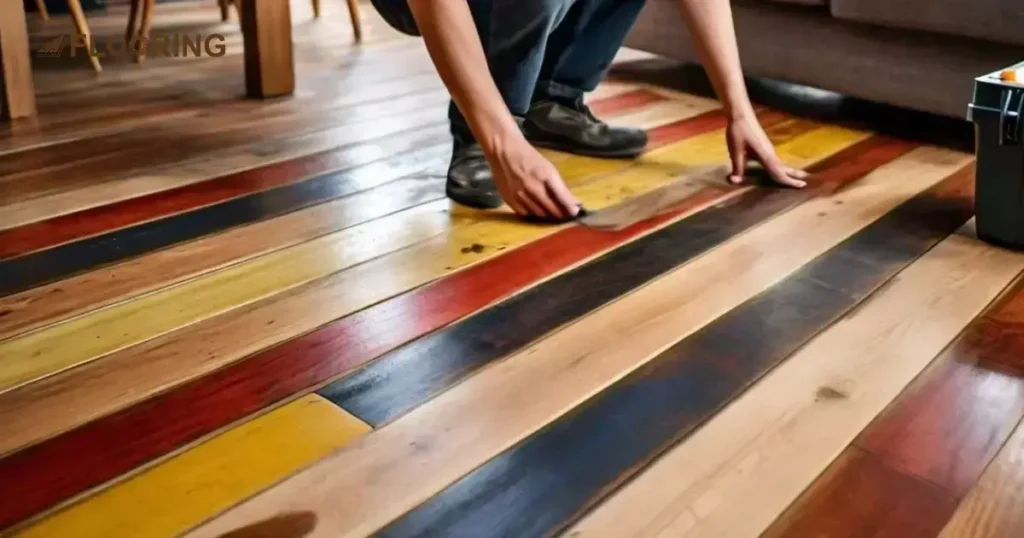
Caring for your multi color wood floor is essential to preserving its beauty and ensuring its longevity. Proper maintenance not only keeps your floor looking its best but also protects your investment for years to come.
Cleaning and Sweeping
- Sweep or vacuum regularly to remove dirt, dust, and debris.
- Use a soft-bristle broom or vacuum attachment designed for hardwood floors.
- Use a wood floor cleaner specifically formulated for multi-color floors.
- Buff the floor regularly with a dry microfiber mop to maintain its sheen.
- Place mats or rugs in high-traffic areas to minimize scratches and wear.
- Trim pet nails regularly to prevent scratches on the wood surface.
Refinishing and Recoating
- Refinish the floor every 5-10 years, depending on wear and tear.
- Sanding removes scratches, dents, and wear patterns, restoring the wood’s natural beauty.
- Apply a fresh coat of polyurethane or other protective finish for renewed luster.
- Refinishing can also be an opportunity to change the color or stain of the floor.
- Hire a professional for best results and to avoid damaging the wood.
- Recoating can be done more frequently, every 1-3 years, to maintain the finish.
- Recoating involves applying a new top layer of protective finish.
Pros and Cons of Multicolored Wood Floors
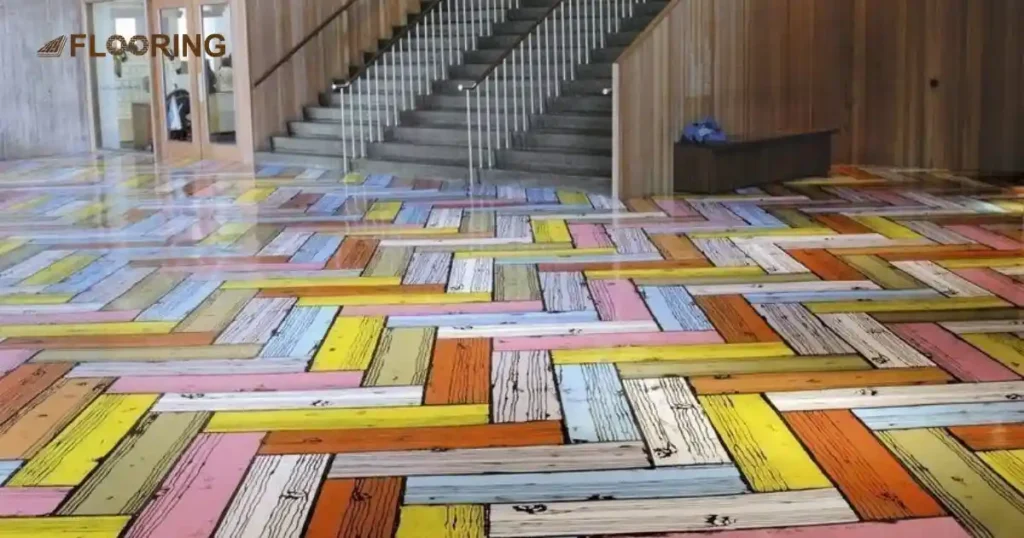
While multicolored wood floors offer numerous benefits, it’s essential to consider both the advantages and disadvantages before making an informed decision.
| Pros | Cons |
| Unique and eye-catching appearance that adds character and warmth. | Higher initial cost compared to traditional solid-color wood floors |
| Versatility in design, accommodating various styles and color schemes | Potential for color variation and inconsistencies between planks |
| Durability and longevity, ensuring a long-lasting investment | Susceptibility to fading or discoloration from direct sunlight exposure |
| It has the potential to increase your home’s resale value. | More challenging installation process, especially for intricate patterns |
| Easy to maintain with proper care and cleaning routine | Limited availability and selection in some areas or markets |
| There is a timeless appeal that never gets out of style. | Potential for scratches or dents to be more noticeable on multi-color surfaces |
| Eco-friendly and sustainable option when using responsibly sourced wood | Difficulty in matching existing floors during repairs or expansions |
| Ability to seamlessly blend different wood species for a personalized look | Ongoing maintenance and refinishing requirements to maintain appearance |
By weighing these pros and cons, you can make an informed decision and determine if a multi-color wood floor aligns with your lifestyle, budget, and design preferences.
Frequently Asked Questions
Is it OK to have different color wood floors in the house?
Absolutely! Having different colored wood floors can add depth, character, and visual interest to your home. It allows you to create distinct zones and complement various design styles.
What is the most versatile wood floor color?
Medium-toned wood floors, like warm honey oak or rich walnut, are considered the most versatile. They blend seamlessly with a wide range of color schemes and interior styles.
What color floors never go out of style?
Classic hardwood floors in natural, warm tones like oak, maple, or hickory never go out of style. Their timeless appeal ensures a lasting and elegant look.
What is the rule for floor color?
The general rule is to choose a floor color that complements your wall colors and furniture. Lighter floors make spaces feel brighter and more open, while darker floors create a cozy ambiance.
What floor color looks the cleanest?
Light wood floors, particularly those with a cool undertone like ash or maple, tend to look the cleanest and brightest. They effectively hide dirt and debris, making maintenance easier.
Conclusion
A multi color wood floor is not just a flooring choice but it’s a statement of your unique style and personality. By embracing the beauty and diversity of different matching wood tones, you can create a space that truly reflects your individuality and captivates the senses. Whether you prefer bold designs or subtle blends, a multi-color wood floor offers endless possibilities.
Keep in mind that the key to a successful multi-color wood floor lies in careful planning and attention to detail. Consult with experts, explore various design options, and don’t be afraid to experiment until you find the perfect combination. With proper installation, maintenance, and care, your floor will be a source of pride and joy for years to come.
A multi-color wood floor is more than just a surface underfoot. It’s a canvas for self-expression and a testament to the beauty that can be found in embracing diversity. So, let your creativity flow, and allow the warmth and character of these stunning floors to elevate your living spaces.
